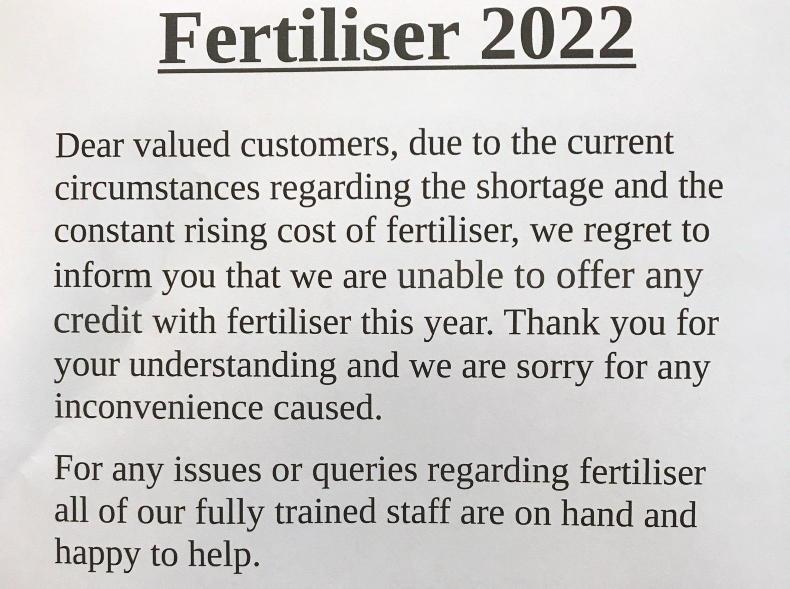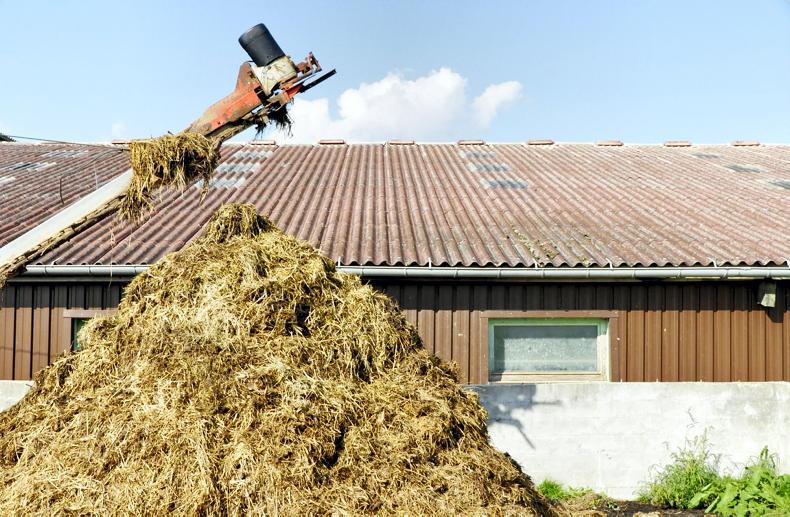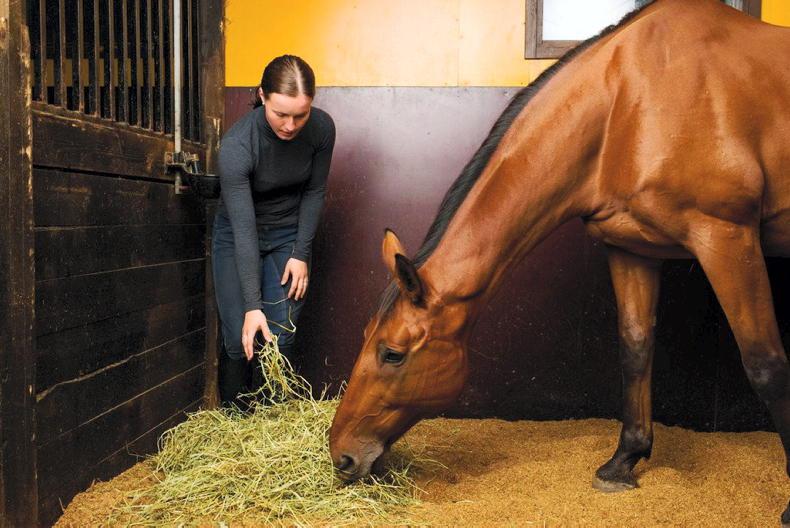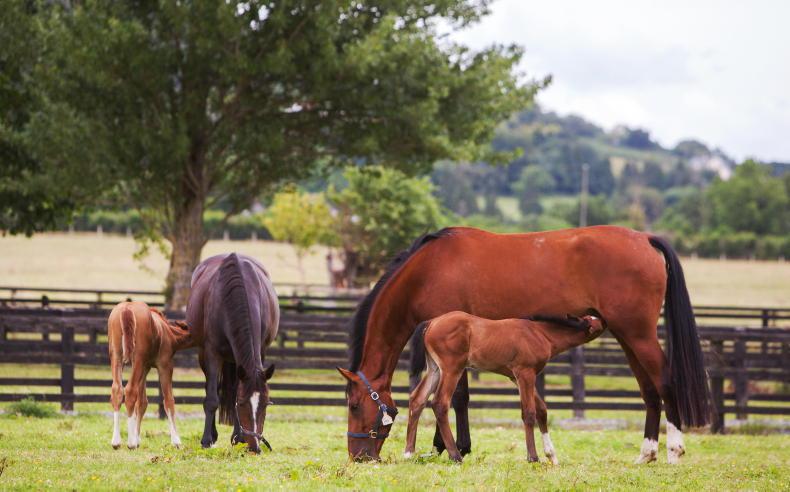LAST week a poster appeared in my local agri-store that many may have noticed appear in their own local store too. Despite the European Commission recently dispelling concerns over fertiliser supplies being tight this year, many of us are nervous about the threat of high prices and low supplies and the knock-on effect on grass and fodder growth or supply.
Russia is the largest fertiliser exporter in the world and also supplies 40% of Europe’s natural gas. The combination of conflict and economic sanctions could push both gas and fertiliser prices higher in the weeks and months ahead.


 This is a subscriber-only article
This is a subscriber-only article
 It looks like you're browsing in private mode
It looks like you're browsing in private mode








SHARING OPTIONS: